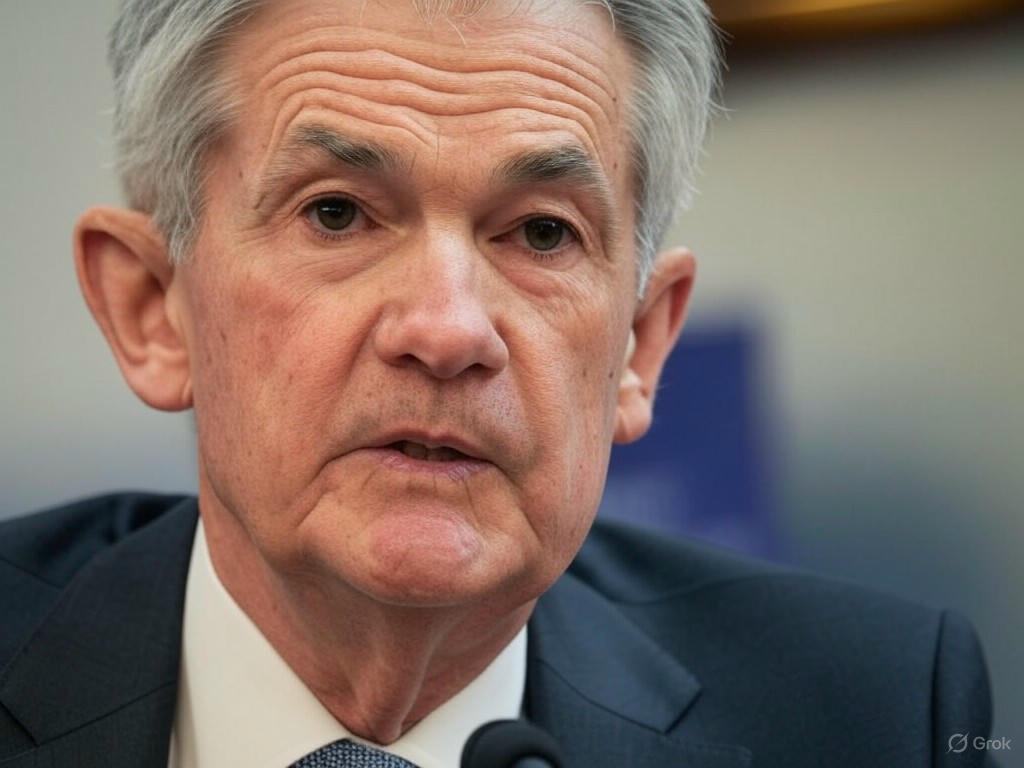In a bold statement that has set the financial world abuzz, the Federal Reserve Chair recently addressed the economic implications of tariffs, hinting at potential disruptions that could unsettle markets and even provoke strong reactions from political figures like former President Donald Trump. This candid commentary came on the heels of the Fed’s decision to maintain current interest rates during their latest meeting on Wednesday, a move signaling caution amid swirling uncertainties in global trade and domestic policy.
The Fed’s decision to keep rates steady reflects a wait-and-see approach as policymakers grapple with inflationary pressures and the looming specter of trade wars. Tariffs, often touted as tools to protect domestic industries, have long been a contentious issue. The Chair’s remarks underscored a harsh reality: these levies can backfire, raising costs for consumers and businesses while potentially stoking inflation—a concern that the Fed is keenly monitoring. By speaking plainly about the risks, the Chair has reignited a debate about the long-term viability of such protectionist measures, especially in an economy still recovering from pandemic-era shocks. The suggestion that Trump, a vocal advocate for tariffs during his tenure, might react strongly to this critique only adds fuel to the fire, highlighting the intersection of politics and economic policy in today’s volatile landscape.
Analysts are now weighing in on what this means for the future. Some argue that the Fed’s steady hand on interest rates provides a buffer, allowing businesses to plan without the added uncertainty of fluctuating borrowing costs. Others, however, caution that the tariff issue could overshadow this stability, especially if political rhetoric escalates into concrete policy changes. Small businesses, in particular, could bear the brunt of higher import costs, squeezing margins and forcing tough decisions on pricing or layoffs. Meanwhile, consumers might face sticker shock as everyday goods become pricier due to supply chain disruptions.
The Fed Chair’s willingness to tackle the tariff topic head-on also sends a broader message about transparency in economic leadership. By not shying away from controversial subjects, the central bank is positioning itself as a steady voice of reason amid political noise. Yet, this approach carries risks. Alienating key stakeholders or drawing ire from influential figures could complicate the Fed’s ability to navigate future crises. For now, markets appear to be taking the news in stride, with minimal immediate volatility following the rate announcement.
As the dust settles, the focus remains on how this dialogue around tariffs will evolve. Will political leaders heed the Fed’s warning, or will the push for protectionism intensify? With interest rates unchanged, the central bank has bought itself some time to observe and react. But in an era where economic and political spheres are increasingly intertwined, the path forward is anything but certain. The Fed’s latest stance serves as a reminder that even the most technical decisions can carry profound ripple effects, shaping the financial future for millions.
